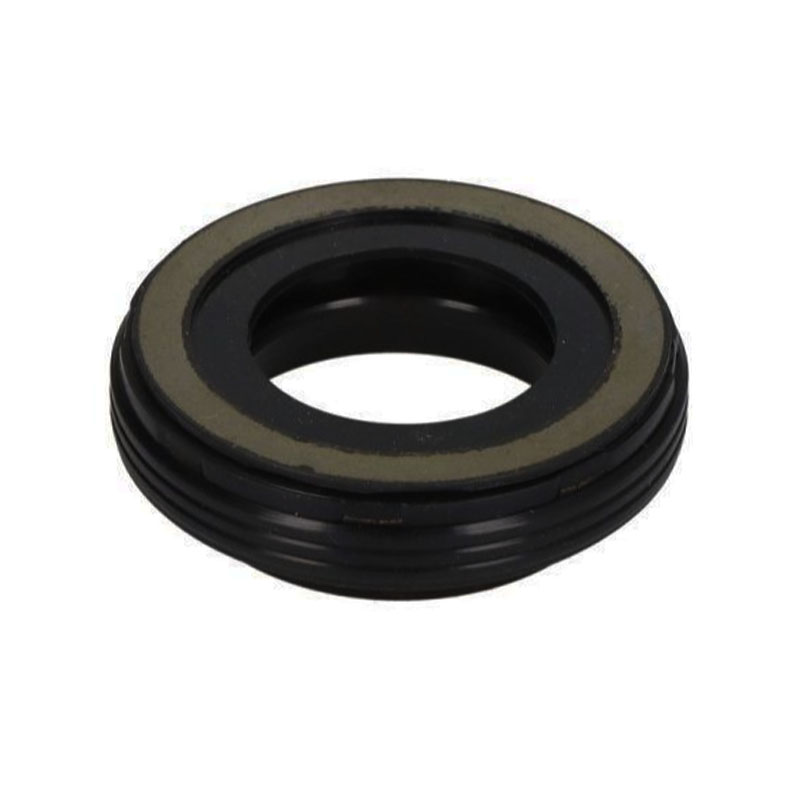Choosing the Right Grease Seal for Your Wheel Hub Maintenance Needs
Understanding Wheel Hub Grease Seals An Essential Component for Vehicle Maintenance
When it comes to vehicle maintenance, many car owners focus on the more visible elements—like oil changes and tire rotations. However, one critical component that often goes unnoticed is the wheel hub grease seal. While it may not be as glamorous as a new set of tires, the grease seal plays an essential role in ensuring the smooth operation of your vehicle’s wheels.
What is a Wheel Hub Grease Seal?
A wheel hub grease seal is a protective component located at the wheel hub assembly of a vehicle. Its primary purpose is to keep the lubricant—usually grease—within the hub while preventing contaminants like dirt, water, and debris from entering. This seal is typically made of rubber or another durable material designed to withstand varying temperatures and pressures arising from the vehicle's operation.
The Importance of Grease Seals
Grease seals are crucial for several reasons. First and foremost, they help maintain the integrity of the wheel bearing lubrication. Wheel bearings need a sufficient amount of grease to operate smoothly and reduce friction. Without a properly functioning grease seal, the lubricant could escape, leading to dry bearings that can cause premature wear and eventual failure.
Additionally, grease seals act as a barrier against environmental contaminants. Water and dirt entering the wheel hub can cause corrosion and damage the bearings and the hub itself. This not only jeopardizes the vehicle's performance but can also lead to costly repairs down the line. Keeping the grease seal in good condition is therefore vital for the longevity of your vehicle's wheels.
Signs of a Failing Grease Seal
Like many components in a vehicle, grease seals can wear out over time. There are several signs that may indicate a failing grease seal
1. Grease Leakage One of the most obvious signs of a failing seal is grease leaking from the wheel hub area. If you notice grease buildup on the wheels or the ground beneath your vehicle, it’s time to inspect the seals.
2. Grinding Noises If you hear grinding or humming noises from the wheel area, it may indicate that the wheel bearings are running dry due to grease loss.
3. Excessive Heat Overheating of the wheel hub can also be a sign of lubrication failure. If the wheel feels unusually hot after driving, it’s worth investigating.
wheel hub grease seal

4. Vibration If you experience increased vibrations or a “wobble” while driving, this could indicate issues with the bearings brought on by a compromised grease seal.
Replacing the Grease Seal
If you determine that your wheel hub grease seal is failing, it’s crucial to address the issue promptly. Replacing a grease seal is a relatively straightforward process, though it may require some mechanical skill. Here’s a general overview of the steps involved
1. Lift the Vehicle Ensure the vehicle is safely lifted and supported by jack stands.
2. Remove the Wheel Take off the wheel to access the hub assembly.
3. Take Out the Brake Components Depending on your vehicle, you may need to remove the brake caliper and rotor to get to the hub.
4. Remove the Old Seal Carefully pry out the old grease seal from the hub using a seal puller or similar tool.
5. Install the New Seal Gently tap in the new grease seal using a hammer and a suitable tool to avoid damaging it.
6. Reassemble Reassemble all removed components and ensure everything is securely fastened.
7. Test Drive After everything is back in place, take the vehicle for a test drive to ensure the issue has been resolved.
Conclusion
The wheel hub grease seal may not be the first thing on your mind when thinking about vehicle maintenance, but it is undeniably vital for ensuring the performance and longevity of your wheels. Regular inspection and timely replacement of worn seals can prevent significant damage and save you money in the long run. So, the next time you think about car maintenance, don’t forget the little things that keep your vehicle running smoothly!
-
Simplifying Oil Changes: A Comprehensive Guide to Oil Drain Plugs and Their Variants
News Aug.04,2025
-
Mastering Oil Drain Maintenance: Solutions for Stripped, Worn, and Upgraded Oil Plugs
News Aug.04,2025
-
Fixing Oil Pan Plug Issues: Leaks, Stripped Nuts, and the Right Replacement Solutions
News Aug.04,2025
-
Everything You Need to Know About Oil Drain Plugs: Sizes, Fixes, and Upgrades
News Aug.04,2025
-
Choosing the Right Oil Drain Plug: A Guide to Sizes, Materials, and Drain Innovations
News Aug.04,2025
-
A Complete Guide to Automotive Drain Plugs: Types, Problems, and Innovative Solutions
News Aug.04,2025
-
The Ultimate Guide to Car Repair Kits: Tools and Essentials Every Driver Should Own
News Aug.01,2025
Products categories















